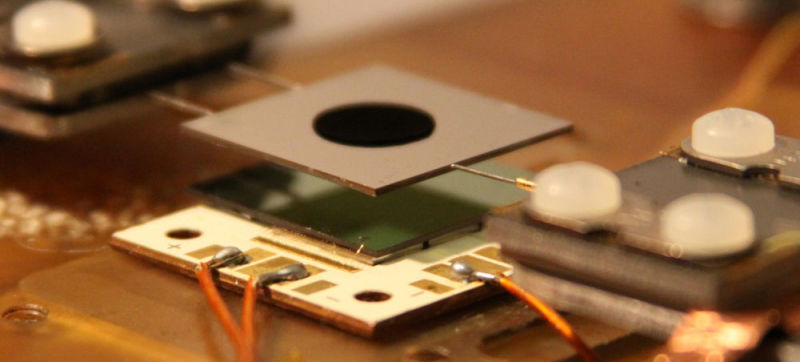Much has been said about solar energy and the promises they hold, especially in the future. However, the reality is they do have a theoretical limitation, regarding their efficiency in converting sunlight into electricity.
In early April, we ran an article featuring a development by Chinese scientists that will enable solar cells to generate electricity from their sworn enemy, rainfall. These solar cells have atom-thick graphene layer that can harvest energy from raindrops. The deep explanation can be found at this link.
There is now a new development in the solar cells space; a team of MIT engineers has come up with new types of solar cells that first convert sunlight into heat; thereby doubling the efficiency of solar cells.
The technical explanation goes like this; most solar cells face what is known as the Shockley-Queisser Limit. This is a ceiling limit on the power-producing efficiency of the given device based on a long list of light frequencies that falls on the given solar cell. For most solar cells (made of silicon) currently out in the market, this limit is at 32%, though some use multiple layers in an attempt to convert heat into electricity, but that only add a few extra percentage.
The MIT team new solar cells first absorb heat and light from sunlight. They have a unique layer that re-emits radiation at certain wavelengths that are better suited for absorption by surrounding solar cells. That layer has nanophotonic crystals that emit specific frequencies of light when they are heated.
The research team tweaked these crystals and made them produce the correct frequency components. Thus, the device creates radiation that can be readily absorbed by the solar cells nearby, hence improving its efficiency.
The team says their innovation theoretically doubles the efficiency of solar cells. Preliminary tests show low-efficiency solar cells can have higher efficiency using their innovation, but their prototype still has a long way to go before being deployed commercially. The biggest first step would be scaling their prototype and making the nanophotonic layer produced cheaply.
More information on this, at Nature Energy.



